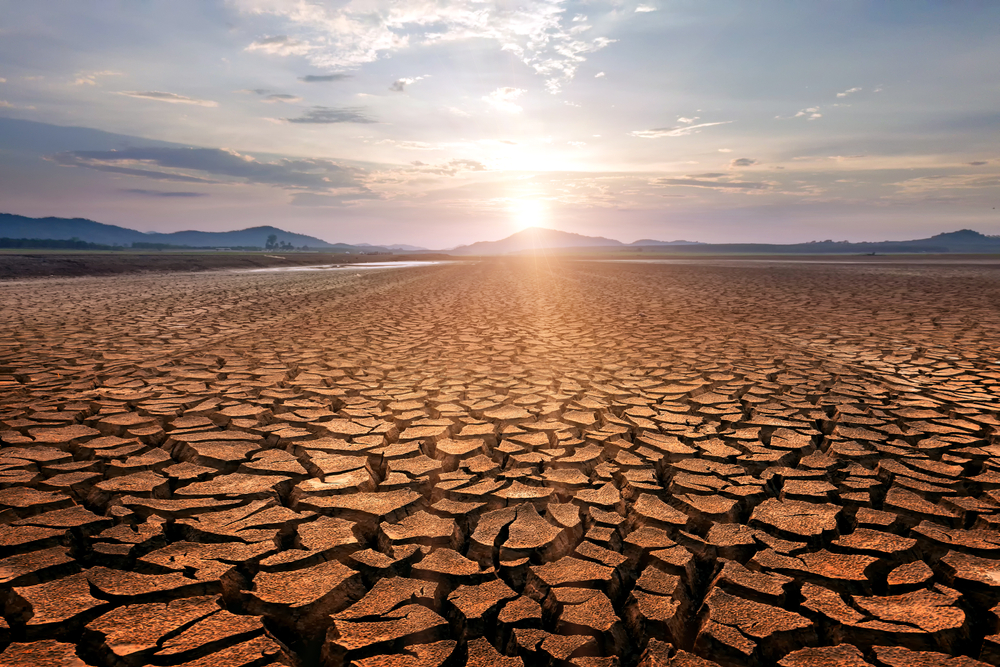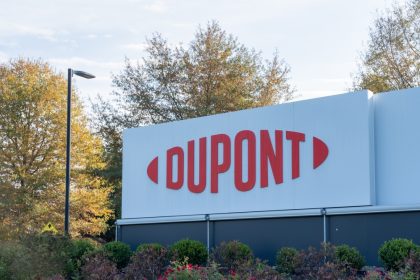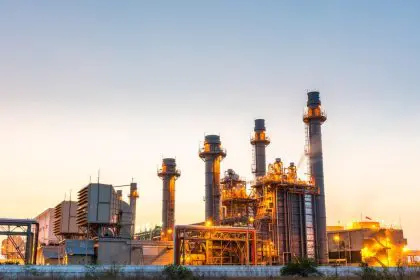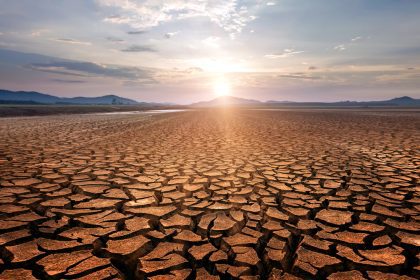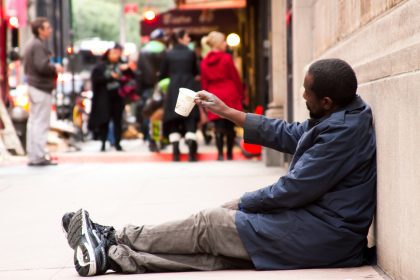Environmental justice advocates are pushing beyond traditional reparations discussions to address a stark reality: Black communities face the heaviest burden of climate change despite contributing least to the crisis. This expanded vision of reparative justice aims to tackle both historical environmental racism and the mounting climate challenges threatening Black neighborhoods across America. As extreme weather events intensify and environmental hazards multiply, the call for comprehensive climate reparations has taken on new urgency.
Understanding climate reparations
The term climate reparations was coined by Maxine Burkett, a law professor at the University of Hawaii, in a landmark 2009 law review. Burkett argues that industrialized nations, which have historically contributed the most to greenhouse gas emissions, have a moral obligation to support the reconstruction and adaptation efforts of vulnerable communities in the Global South. This concept extends to the United States, where the legacy of colonialism and slavery has compounded the effects of climate change on Black individuals and communities.
Understanding the connection
Communities that contributed least to climate change often face its harshest consequences. This reality hits particularly close to home for many Americans who have witnessed their neighborhoods bear the brunt of environmental challenges. As climate concerns intensify, the discussion around reparations has expanded beyond historical injustices to include compensation for current and future environmental impacts.
The evidence is clear
Recent data from a 2021 Environmental Protection Agency report reveals troubling patterns. People from historically marginalized communities are 34 percent more likely to live in areas where children develop asthma due to poor air quality. They’re also 40 percent more likely to reside in neighborhoods facing the highest projected increases in heat-related deaths.
These statistics aren’t just numbers: they represent real families dealing with flooding damage to their homes, children struggling with respiratory issues and elderly relatives vulnerable to extreme heat waves. Many of these communities trace their environmental challenges back to decades of discriminatory housing policies and industrial zoning decisions.
Impact on our neighborhoods
The effects of climate change manifest in several critical ways:
- Rising utility bills from extreme weather
- Increased flooding risks in historically redlined areas
- Higher rates of heat-related illnesses
- Property damage from severe weather events
- Limited access to green spaces
- Poor air quality affecting respiratory health
These challenges compound existing economic pressures, making it harder for families to build and maintain generational wealth.
Solutions gaining momentum
While federal initiatives like the Justice40 program show promise, many communities are developing their own approaches to environmental justice. Chicago’s Department of Housing now requires Racial Equity Impact Statements for new developments, ensuring environmental considerations in housing decisions.
Pennsylvania’s Whole-Home Repairs Program offers another model, providing funding for home improvements that increase energy efficiency and safety. These programs demonstrate how targeted support can address both historical inequities and future climate challenges.
Moving forward
Effective climate reparations programs could include:
- Home weatherization assistance
- Solar panel installation programs
- Flood protection infrastructure
- Air quality monitoring systems
- Green space development
- Job training for green energy sectors
These initiatives would not only address environmental concerns but also create economic opportunities within affected communities.
Taking action now
The push for climate reparations represents more than just compensation — it’s about securing a livable future for coming generations. As climate change continues to affect our communities disproportionately, the need for concrete action becomes more urgent.
Some cities have already begun implementing programs that could serve as models:
- Community-owned solar projects
- Green infrastructure initiatives
- Urban farming programs
- Environmental health monitoring
- Climate-resilient housing development
These programs show how communities can take control of their environmental future while addressing historical inequities.
The path ahead
The conversation around climate reparations has evolved from academic discussion to practical necessity. With each passing year, the effects of climate change become more apparent in our daily lives. The time for action is now, while we can still make meaningful changes to protect our communities and future generations.
Success will require sustained commitment from policymakers and continued advocacy from community leaders. By focusing on practical solutions that address both immediate needs and long-term sustainability, we can work toward environmental justice that benefits everyone.
The evidence shows that communities facing the greatest climate impacts often have the fewest resources to address them. By implementing targeted programs and policies now, we can begin to correct these imbalances and create more resilient neighborhoods for the future.
These solutions aren’t just about addressing past wrongs; they’re about building stronger, healthier and more sustainable communities for generations to come. The path forward requires both acknowledgment of historical inequities and commitment to future-focused solutions that empower communities to thrive in a changing climate.

